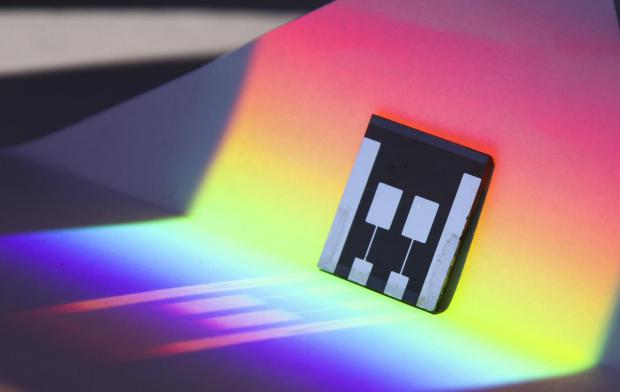
Breaking News
Living a Creative Life Maximizes Your Life
SEMI-NEWS/SEMI-SATIRE: November 9, 2025 Edition
 Trump pardons Mets legend, 'Celebrity Apprentice' alum Darryl Strawberry over tax evasion co
Trump pardons Mets legend, 'Celebrity Apprentice' alum Darryl Strawberry over tax evasion co
 You WON'T BELIEVE How Much Money We're REALLY Sending To Israel!
You WON'T BELIEVE How Much Money We're REALLY Sending To Israel!
Top Tech News
 HUGE 32kWh LiFePO4 DIY Battery w/ 628Ah Cells! 90 Minute Build
HUGE 32kWh LiFePO4 DIY Battery w/ 628Ah Cells! 90 Minute Build
 What Has Bitcoin Become 17 Years After Satoshi Nakamoto Published The Whitepaper?
What Has Bitcoin Become 17 Years After Satoshi Nakamoto Published The Whitepaper?
 Japan just injected artificial blood into a human. No blood type needed. No refrigeration.
Japan just injected artificial blood into a human. No blood type needed. No refrigeration.
 The 6 Best LLM Tools To Run Models Locally
The 6 Best LLM Tools To Run Models Locally
 Testing My First Sodium-Ion Solar Battery
Testing My First Sodium-Ion Solar Battery
 A man once paralyzed from the waist down now stands on his own, not with machines or wires,...
A man once paralyzed from the waist down now stands on his own, not with machines or wires,...
 Review: Thumb-sized thermal camera turns your phone into a smart tool
Review: Thumb-sized thermal camera turns your phone into a smart tool
 Army To Bring Nuclear Microreactors To Its Bases By 2028
Army To Bring Nuclear Microreactors To Its Bases By 2028
 Nissan Says It's On Track For Solid-State Batteries That Double EV Range By 2028
Nissan Says It's On Track For Solid-State Batteries That Double EV Range By 2028
Progress towards next-generation solar cells

Solar cells are the building blocks of photovoltaic solar panels. They are made from light-absorbing materials that convert sunlight into electricity. Normally the light-absorbing material is silicon, which has an energy-intensive manufacturing process.
In the new study, scientists looked at solar cells made from materials known as perovskites. These can be produced cheaply from chemicals mixed into printable or sprayable ink, which then crystallises to form light-absorbing films.
However, perovskite films contain charged defects that are likely to impair their performance. Slow movement of these defects is thought to be responsible for a process known as hysteresis, which leads to irregularities in the efficiency with which light is converted to electrical current.
Light-generated electricity exits the solar cell in the form of electrons to be harnessed. This is done via 'contacts' that sandwich the light-absorbing film. Previously, scientists have managed to remove hysteresis by using more 'selective' contact materials that ensure a one-way flow of electrons out of the solar cell.
In theory, changing these contact materials shouldn't have any effect on the movement of the charged defects within the perovskite, so it has remained a mystery why this appeared to 'fix' the hysteresis problem.

 Carbon based computers that run on iron
Carbon based computers that run on iron

